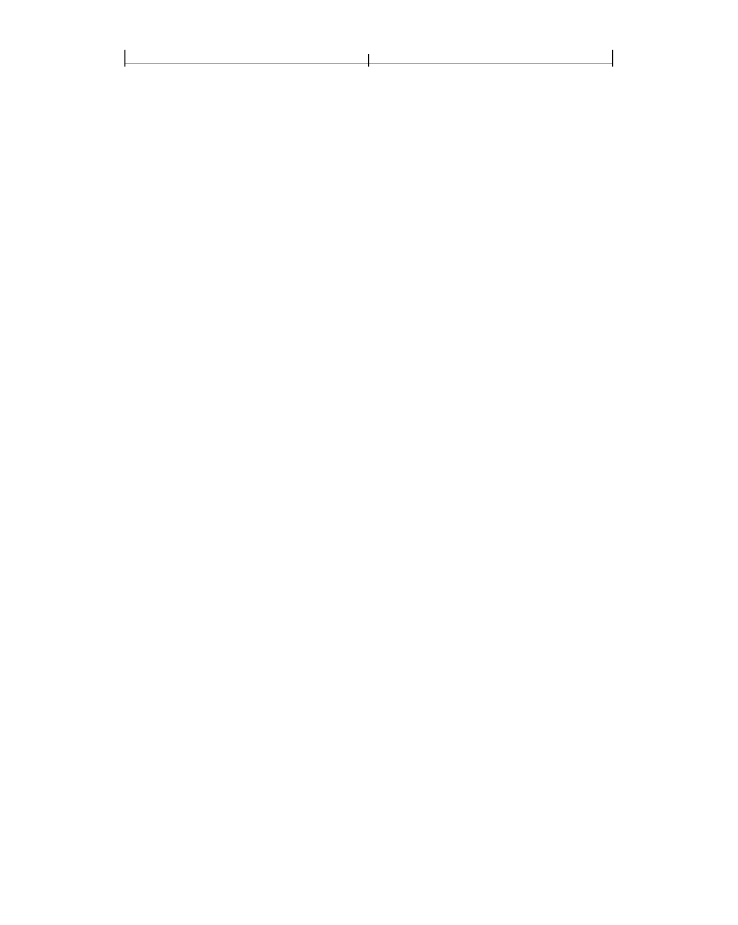
SECTION 3.2
55
Objects
indicate that the string continues on the following line. The backslash and the
end-of-line marker following it are not considered part of the string. For example:
( These \
two strings \
are the same . )
( These two strings are the same . )
If an end-of-line marker appears within a literal string without a preceding
backslash, the result is equivalent to
\n
(regardless of whether the end-of-line
marker was a carriage return, a line feed, or both). For example:
( This string has an end−of−line at the end of it .
)
( So does this one .\n )
The
\ddd
escape sequence provides a way to represent characters outside the
printable ASCII character set. For example:
( This string contains \245two octal characters\307 . )
The number
ddd
may consist of one, two, or three octal digits, with high-order
overflow ignored. It is required that three octal digits be used, with leading zeros
as needed, if the next character of the string is also a digit. For example, the literal
( \0053 )
denotes a string containing two characters,
\005
(Control-
E
) followed by the digit
3
, whereas both
( \053 )
and
( \53 )
denote strings containing the single character
\053
, a plus sign (
+
).
This notation provides a way to specify characters outside the 7-bit ASCII
character set by using ASCII characters only. However, any 8-bit value may
appear in a string. In particular, when a document is encrypted (see Section 3.5,